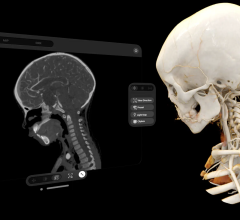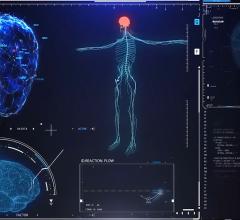August 14, 2008 - This week doctors at the Texas Cardiac Arrhythmia Institute (TCAI) at St. David’s Medical Center became the first in the nation to implement the CoHesion 3D Visualization Module, an enhancement to the state-of-the-art Hansen Robotic system used to treat cardiac arrhythmias.
With the visualization module, patients undergoing the ablation treatment for heart arrhythmias are exposed to about 30 percent less radiation than without the new technology, among other benefits.
During cardiac ablation, doctors destroy, or ablate, a small spot of heart tissue to create an electrical block along the pathway that causes a heart arrhythmia. The new CoHesion module can help reduce potentially fatal complications during treatment. The manufacturer said improved accuracy of allowing physicians to more precisely control the robotic catheter can also reduce the time it takes to perform the procedure, cutting the amount of radiation exposure for patients by about 30 percent.
The new CoHesion module combines the EnSite System’s 3D cardiac chamber model with anatomic labeling with the Sensei system’s main navigation window, allowing physicians to see the location of Hansen Medical’s Artisan Control Catheters within the heart in 3D. This allows doctors to augment their ability to move a catheter throughout the heart, as well as increase control over placement of the catheter in specific locations in patients with heart arrhythmias. Previously, physicians used 3D imaging as a reference only.
Hansen Medical Inc. received FDA approval for using the CoHesion 3D Visualization Module in complex electrophysiology mapping procedures in July 2008.
TCAI an international treatment, training and research center specializing in heart rhythm disorders formally opened in April, 2008.
For more information: www.stdavids.com


 May 01, 2024
May 01, 2024 








